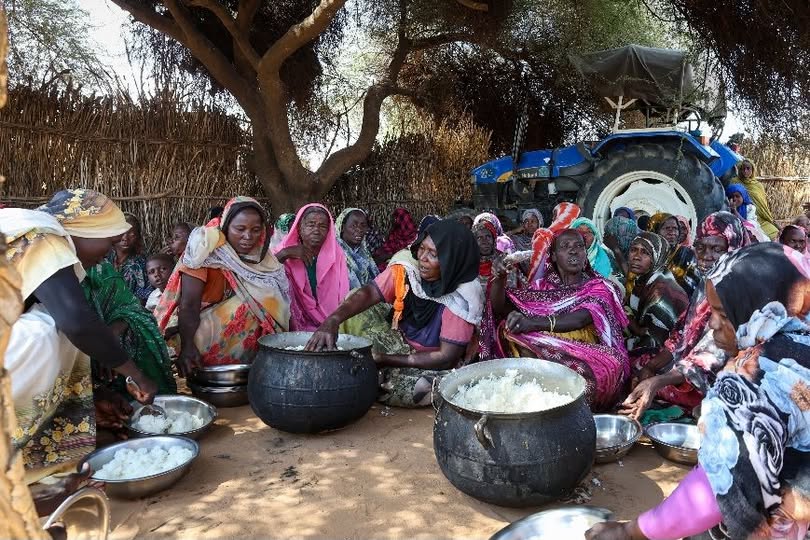
Sudan continues to face a severe humanitarian emergency as fighting between the Sudanese Armed Forces (SAF) and the Rapid Support Forces (RSF) fuels one of the world’s largest displacement crises.
The conflict, which began in April 2023, has displaced more than 12 million people, according to humanitarian estimates, including 8.8 million internally displaced people and 3.5 million refugees.
Aid agencies report widespread suffering due to hunger, disease and ongoing violence.
Norwegian Refugee Council (NRC) Head of Operations in Sudan, Noah Taylor, said at least 100,000 people have fled El Fasher and surrounding villages since October 26. Of those, he said, only about 10,000 have so far reached Tawila.
In a statement issued to newsrooms on Thursday, Taylor said many of the newly displaced are arriving in Tawila “exhausted, dehydrated, hungry and in need of immediate support,” while tens of thousands of others are still unaccounted for.
“Tawila has now grown into a massive settlement, with thousands more families still arriving daily. Many are searching for missing relatives after being separated during the chaos,” he said.
As of November 19, 2025, Taylor said Tawila had taken in nearly 379,000 people fleeing violence in Zamzam Camp and El Fasher, where aid agencies have reported famine conditions.
He noted that the town was never designed to host such large numbers, resulting in a rapidly worsening humanitarian situation.
“When you crest the final hill into Tawila, you see what looks like a makeshift city rising out of the desert,” he said.
“When I last came in May, Tawila’s camps hosted more than 200,000 people. Today, it has expanded into a settlement of many more displaced families.”
Taylor said he had just returned from Tawila before issuing the statement.
“Families are arriving exhausted and hungry, and many are searching for relatives they were separated from during the violence,” he said. “I spoke with a man who had walked for 18 days from Al Fasher using one crutch after being injured. Stories like his are common.”
He added that people fleeing the region had endured “months of siege, heavy fighting, and the collapse of basic services” in Al Fasher.
According to Taylor, many families in Tawila are still constructing makeshift shelters using basic materials such as blankets and sticks. NRC estimates that at least 5,000 families are living in temporary structures on the outskirts of the settlement.
“We are already seeing increased risks of disease,” he said.
“Water, sanitation and shelter services cannot keep up with the number of arrivals. Unless a major scale-up of aid happens, conditions will deteriorate quickly.”
NRC says it is supporting local responders, expanding education and psychosocial support for children, helping manage the camp, and registering newly arrived families for cash assistance.
More than 2,000 children are currently enrolled in NRC’s emergency learning and Better Learning Programme.
Taylor warned that without safe humanitarian access and increased funding, the situation may worsen.
Families continue to gather at reception points daily seeking shelter materials, blankets for cold nights, and registration for food assistance.
Aid agencies also report that thousands of people remain outside Tawila in areas controlled by armed groups, where movement is restricted and access to assistance is limited.
NRC teams say they have registered over 10,000 new arrivals in Tawila, provided cash assistance to about 2,000 families, and enrolled more than 2,000 children in emergency education and psychosocial programmes.
“We are also supporting local responders with water trucking, food distributions, communal kitchens and camp management as needs escalate sharply,” Taylor said.
Humanitarian organisations estimate that up to one million people may now be living in and around Tawila, with women and children making up a significant majority.
Reports indicate limited access to clean water, sanitation and shelter, with only a small proportion of residents reliably accessing water and latrines.












